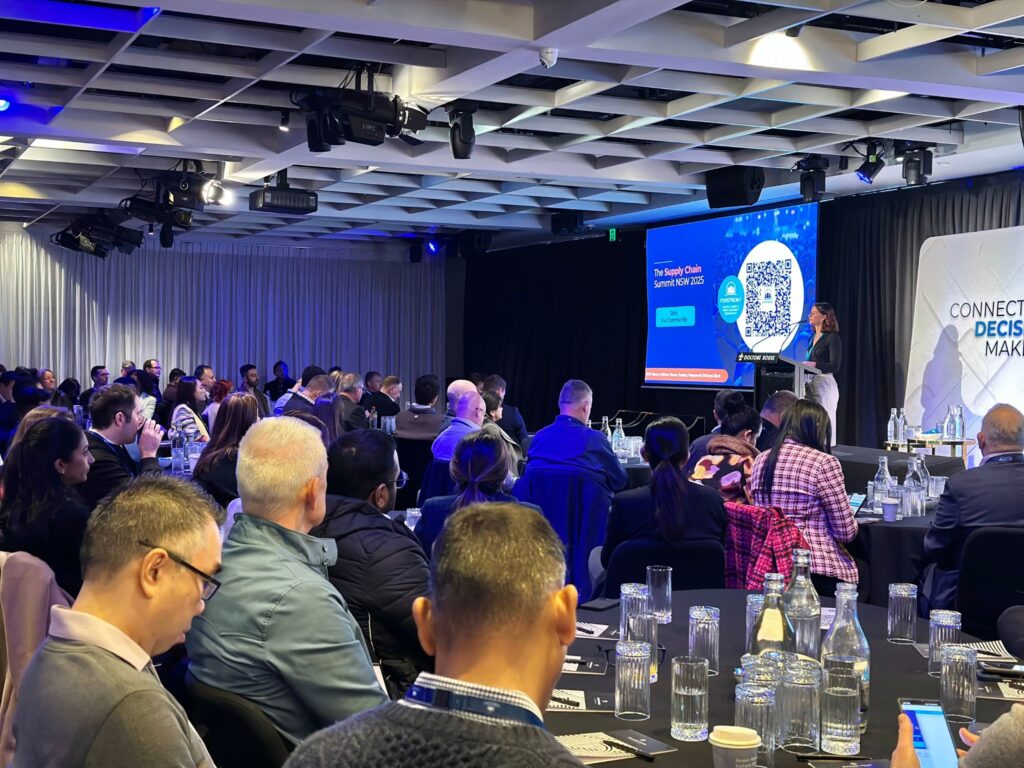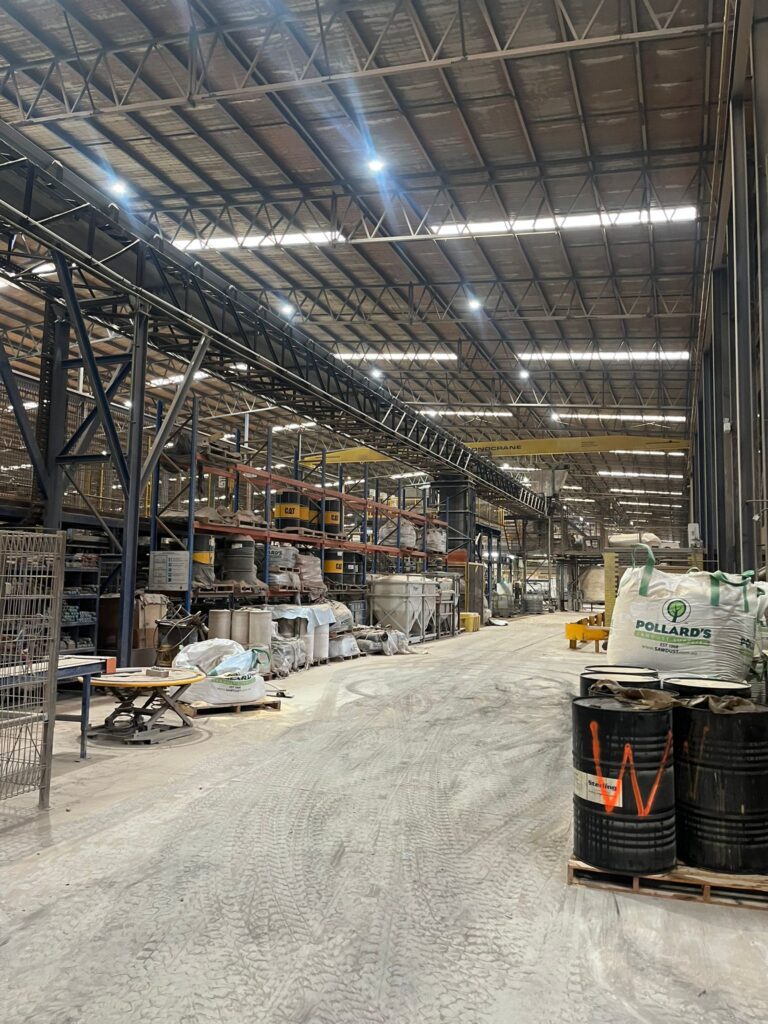It’s time to pay our respects to the timely passing of an old friend. That’s right; traditional supply chain planning is crawling towards its end. Now it’s time to prepare our supply chain planning with a lighter, more responsive touch, one that can better meet the needs of today’s smartphone generation, whose buying patterns require a more agile approach.
And it’s not before time. Let’s face it; most supply chain plans are out of date before they have even been shared. In truth, the accuracy of demand and supply plans is not significantly improving, despite increased planning capabilities and historic investments in APS systems. Meanwhile, the users of more traditional supply chain planning systems remain frustrated at the rigidity, speed of response, and how long it takes to make planning decisions. For supply chain planning in its current form has become obsolete, along with the use of spreadsheets to support these archaic processes.
In its place comes a focus on agile and dynamic ways of working. Sense and respond in combination with supply chain conditioning is replacing traditional planning processes.
In the next decade, supply chain planning will increasingly be about conditioning the supply chain to be able to respond within a predicted range of circumstances. In its purest form, this is planning’s purpose – to determine what might need to be done, based on high-level constraints and business objectives. Within the range of conditioning outcomes, more specific scenarios and solutions will then be developed concurrently, while inflight to solve emerging commercial and financial problems. Everything else will be best dealt with by rapidly developing detailed plans in the moment, to meet every change in customer requirements.
If this is the brave new world, what needs to change? The short answer is everything. Supply Chain Directors need to lead the charge; to simplify supply planning processes and learn to accept that the more complex they are, the less accurate they are likely to be. And this responsibility isn’t limited to those in the Supply Chain. Those in other business leadership positions must come to terms with the fact that there is no such thing as an ‘optimized number one plan’ – only a range of possible consequences, shaped by views from across the business.
These possible outcomes, driven by how the supply chain will respond, must be what drives the approach. A smart outlook considers a range of results within which the supply chain will react in a sense and respond way of working. This is a massive change in mindset for some; the idea that the best you can hope for is to be roughly right, despite how much blood, sweat and tears is directed towards increasing plan accuracy, and stability. This is a vital stage in the process of moving forwards in planning maturity.
This will affect several areas of the business. Planners will need a new job title which represents the varied nature of their role. They will have to embrace and adopt this new approach whole-heartedly. Digital support teams will need to invest in new system capabilities. These systems must enable rapid response and collaborate seamlessly up and down the supply chain. Human Resource teams will need to develop the capabilities of all supply chain personnel so they can deal with the new ambiguity, and design new operating models where sense and respond planning can become a reality. A new operating model where the planning function probably doesn’t even exist.
My thirty-five years of experience in working with supply chain teams has taught me that there is a direct correlation between planning process complexity and effectiveness. I welcome the light-touch sense and respond approach with open arms. Forward-thinking companies get better results using more straightforward planning processes which are rapid and agile; and where less is more. Spreadsheets are dead in the water.
Are you a visionary embracing this new approach, a traditionalist who still favours the ‘more is more, plan it to within an inch of its life’ method, or somewhere in-between? Or are you unsure of where on this spectrum your business currently lies? Please take part in our free assessment to see where your processes are positioned on the Planning Process Maturity Journey. Complete the scprime® survey here. You might be closer to Nirvana than you think.







